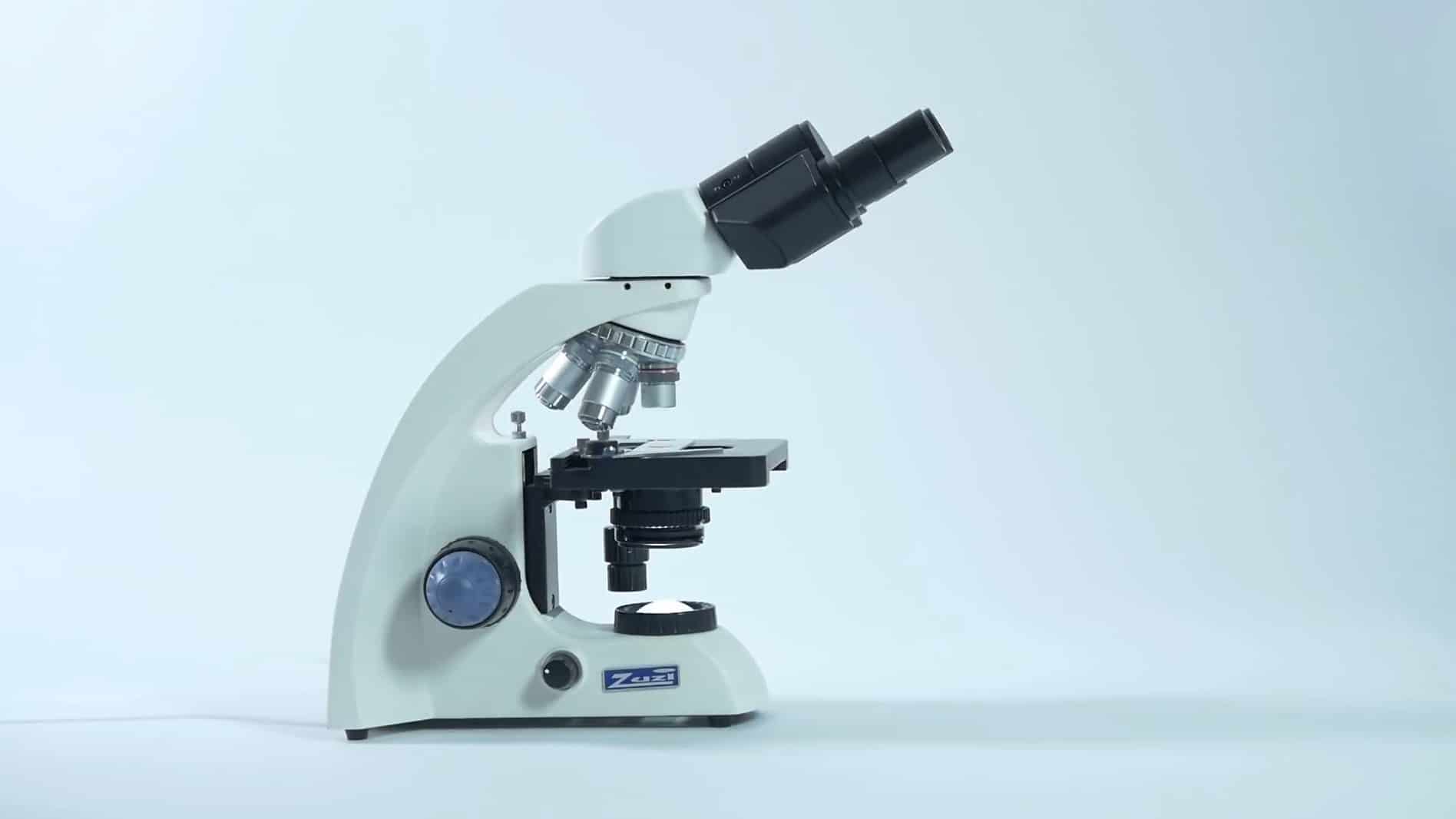Difference Between Monocular And Binocular Microscope
Have you ever gone through your medical reports and wondered how these tests are confirmed?
Medical science is based on confirmed investigations and laboratory examinations. These laboratory investigations often include a careful analysis of minute microscopic particles.
Observing the smallest microparticles and differentiating them is not possible through naked eyes. It needs a powerful observation tool. Therefore it can be easily stated that the microscope is an integral necessity of the healthcare industry.
What is a Microscope?
A microscope in simple language is a device that magnifies the aspects of the microscopic particles invisible to naked eyes and helps in identifying them.
Immensely essential in the world of healthcare, the microscope consists of a few integral components:
- Lense – The eyepiece lens can have a zoom capacity of 10x to 25x depending on how powerful the scope is.
- Tube to connect the Eyepiece lens and objective lens.
- Arms to connect the base to the tube. Also helps in stable handling of the device.
- Base – The stable flat surface n which the body is structured.
- Illuminator helps in better visibility.
- Stage – the flat plate to position the slides on under the lens.
- Turret – Also known as Revolving Nosepiece. Helps to rotate multiple lenses.
- Objective Lens – Generally 3 to 4 in number with a magnification of 100x or more.
- Condenser Lens – Condenser lens provides better resolution with sharper clarity of the object being viewed.
- Rack Stop – Adjustment screws to keep the objective lens from breaking the slides.
- Diaphragm – helps in adjusting the light intensity.
Microscopes are available in two specific variations – Simple Microscope and Compound Microscope.
Simple Microscope
A simple Microscope has a lesser magnification capacity. Generally used to view leaves and insects, this microscope provides a clearer picture of objects that may be tiny but requires a magnified view to see better.
Compound Microscope
A compound microscope has a very powerful magnification range. They are especially useful in seeing particles and objects that are invisible to naked eyes.
The Types Of Microscopes Based On The Eyepiece
There are 3 basic types of Microscopes available which are modified and upgraded as per required standards.
- Monocular Microscope.
- Binocular Microscope.
- Stereo.
Monocular and Binocular Microscopes are the most commonly seen Microscopes in the healthcare industry. Differentiating between the two types of microscopes is fairly easy and based on a few standard criteria and observations.
Monocular Microscope

This microscope has a single eyepiece. The magnification of a Monocular Microscope is limited to a maximum of 10x which is optimal for viewing larger microbes and particles like algae, leaf veins, insects, etc.
The monocular lens is a simple microscope and suitable for schools and other institutions where a deeper study of any object is not essential. The lens of a monocular Microscope is not strong enough to magnify major microbial particles.
Additionally level of comfort in using a monocular microscope is not very high. In fact, viewing through a single eyepiece for a longer period of time can be strenuous to the eyes.
However, Monocular Microscope is generally much more cost-effective and easy to maintain. They rarely need maintenance checks and are often used without electricity. Monocular Microscopes have the reflective panel for light source instead of electronic illuminator or lighting.
Perfect for science lessons at school, the Monocular Microscope can efficiently handle larger specimens easily.
Binocular Microscope

A common laboratory device seen in almost all the healthcare facilities, Binocular Microscope is a much more powerful device than a simple microscope.
The first physical appearance that is notably different is the presence of a double eyepiece instead of a single one.
A Binocular Microscope is much more powerful and has a magnification ability of over 100x.
This allows a better and much more clear view of microbes that are invisible to the naked eye.
Suitable for operation in medical institutions and labs, they are used to identify bacterias and viruses.
The double eyepiece ensures a much more comfortable viewing experience. These microscopes are more suitable for prolonged usage without straining the eyes.
The binocular microscopes are compound microscopes that specifically require electrical connectivity. An illuminator is the major source of lighting in a Binocular Microscope. This provides better and much clearer visibility than reflective panels as in the case of monocular microscopes.
However, Binocular Microscopes are much heavier and expensive than simple microscopes. They require a regular maintenance check for smooth functioning. The Trinocular Microscope is also another variant of the Binocular microscope with a separate eyepiece to mount the camera lens.
Choosing the microscope depends on the professional requirements and the type of objects to be viewed. The structural component of all the microscopes is the same. However, the alterations and differences between the two types are clearly visible in the physical appearance of both the scopes.
Read also:
7 Best Upland Hunting Boots 2025 Reviews & Buying Guide
7 Best Cellular Trail Camera Reviews 2025 With Buying Guide
11 Tips To Choose Clothes For A Hunting Trip